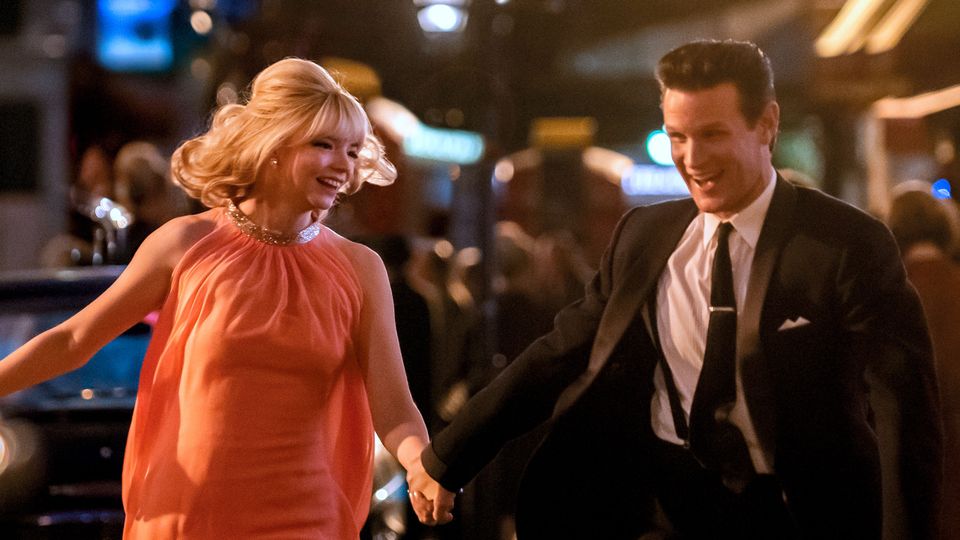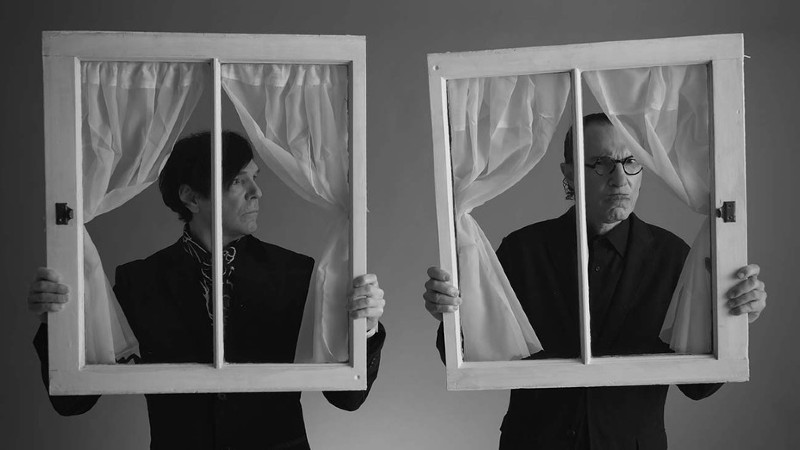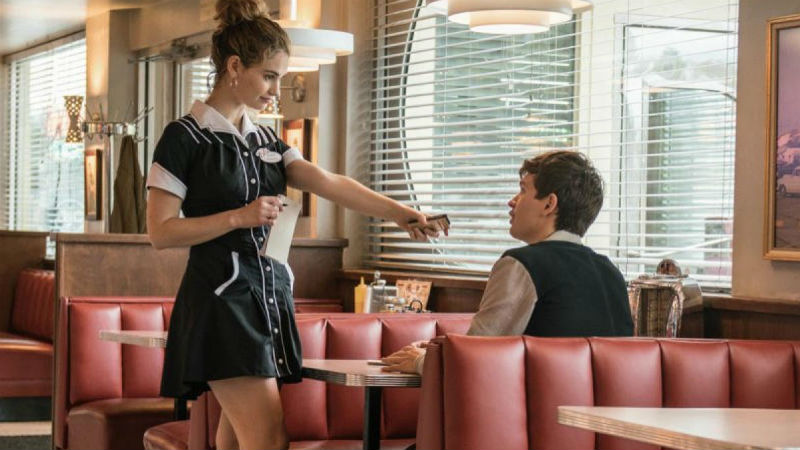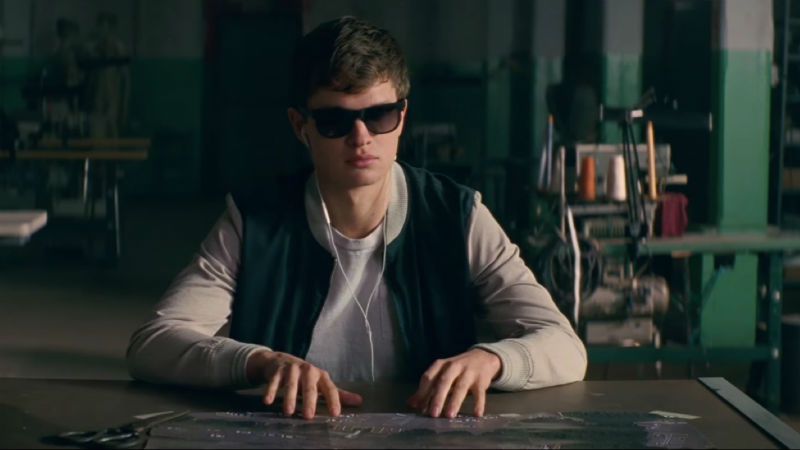At long last after multiple delays, Edgar Wright’s next fiction feature film is out. This year the world saw Wright’s first feature documentary with The Sparks Brothers. This is another first to add as Wright ventures toward the a psychological horror genre. A match made in heaven.
Last Night in Soho tells the story of Eloise (Thomasin McKenzie). She studies fashion, lives in university accommodation, and spends a lot of time in the library. One night, she is inexplicably transported to the 1960s in the body of a night club singer named Sandie (Anya Taylor-Joy). This is where she starts a romantic relationship with Jack (Matt Smith).
Nostalgia is the movie’s central pillar. It affects both Eloise and the audiences. Our protagonist loves all things old: 60s’ music, vintage fashion (which she creates herself) and even her vinyl record player. She doesn’t fit in with her modern-day roommates. So she seeks a new place to live, and ends up time travelling in the process.

Eloise’s rose-tinted glasses are soon shattered. The Swinging ’60s are not as glamorous as she expected. Instead of a relaxing retreat, the past becomes a stressful and even scary place. A dream morphs into a horrific nightmare. Eloise is haunted in her fashion class and the university library, with a few good scares that will keep you in the edge of your seat. But it’s not all doom and gloom. There are some genuinely funny moments, including a remarkable gag about North London and South London. Wright’s signature comedic style is still there for everyone to enjoy – from films such as Shaun of the Dead (2004), Hot Fuzz (2007) and The World’s End (2013).
There are many other directorial trademarks: the fast-paced editing (credit also to Paul Machliss, a frequent collaborator), the energetic use of diegetic and non-diegetic music, the intricate sound design, the love for musical cues, needle drops and synchronisation, the focused use of Chekhov’s Gun, and the attention to detail during scene transitions.
The passion for the location also takes centre stage. Last Night in Soho is a realistic and relatable tribute to the British capital. It’s guaranteed to please Londoners of the present. And perhaps also the ones of yore.
Last Night in Soho releases in cinemas on Friday October 29th. Swing quickly into a cinema near you. No time travel required.
On various VoD platforms on Monday, January 31st. On Sky Cinema and NOW on Friday, June 17th.











